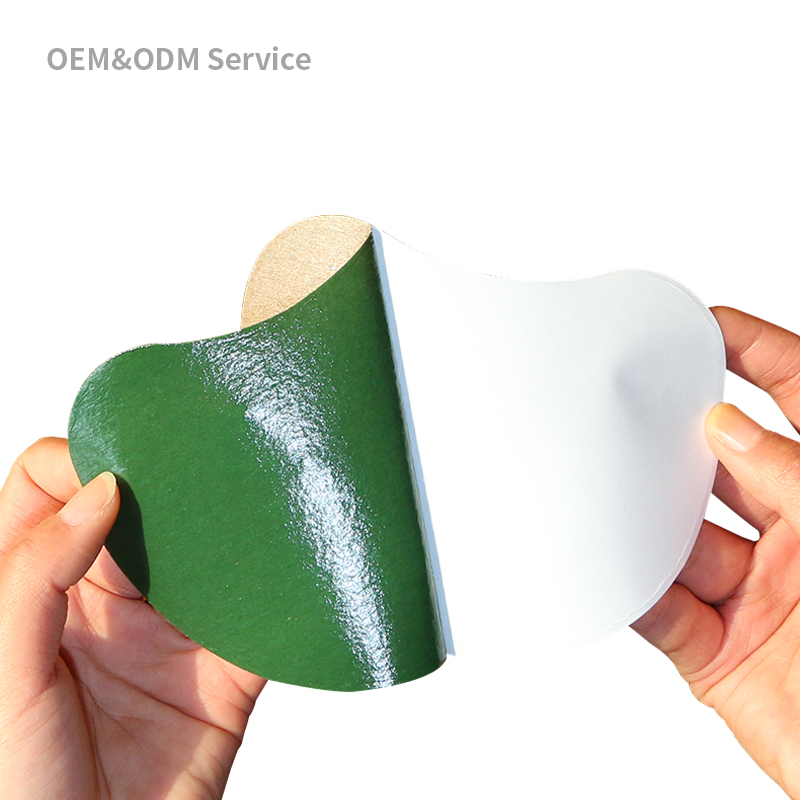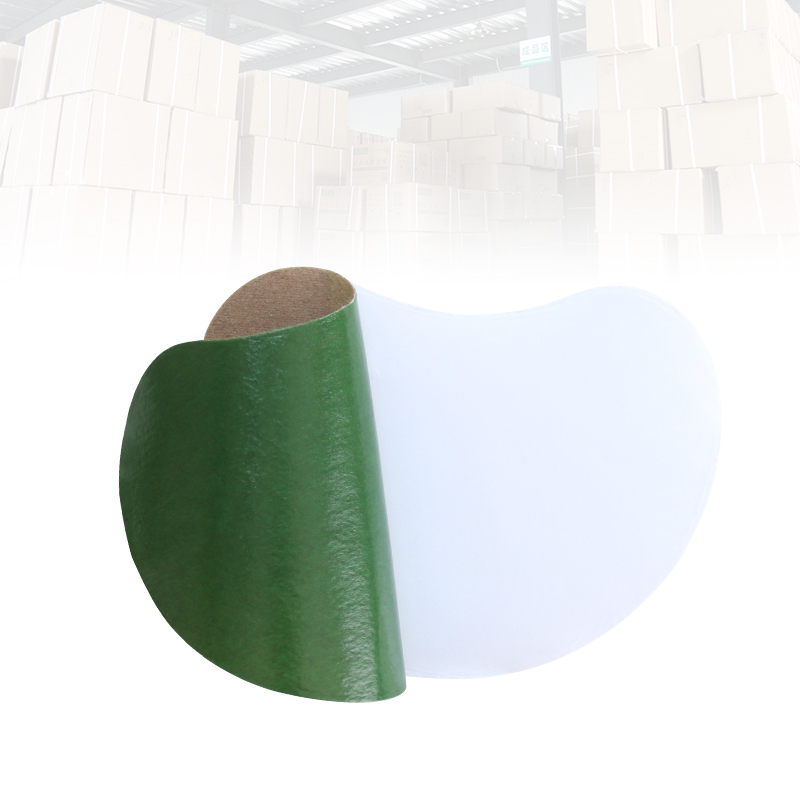Exploring New Trends in Shoulder Pain Patches OEM Manufacturing
The manufacturing of shoulder pain patches through Original Equipment Manufacturer (OEM) processes has seen significant advancements and trends in recent years. These trends not only shape the industry but also define the future of custom shoulder pain patches, private label shoulder pain patches, and overall production processes. As a leading shoulder pain patches manufacturer or supplier, staying abreast of these trends is crucial for maintaining a competitive edge and meeting evolving market demands. This article delves into the latest trends in shoulder pain patches OEM manufacturing, examining how they impact production, quality, and market presence.

The Evolution of Shoulder Pain Patches OEM Manufacturing
OEM manufacturing for shoulder pain patches has evolved significantly due to advancements in technology, shifts in consumer preferences, and stringent regulatory standards. Understanding these changes is key to grasping the current trends and their implications.
Key Trends in Shoulder Pain Patches OEM Manufacturing
Adoption of Advanced Technologies:
- Automation and Robotics: Automation in manufacturing processes has led to increased efficiency, consistency, and reduced human error. Robotics in the production line ensures precision in the creation of shoulder pain patches.
- Artificial Intelligence (AI): AI is being used to optimize production processes, predict maintenance needs, and improve quality control. AI algorithms can analyze vast amounts of data to identify patterns and suggest improvements.
Focus on Sustainable Manufacturing:
- Eco-friendly Materials: There is a growing emphasis on using sustainable and biodegradable materials in the production of shoulder pain patches. This not only appeals to environmentally conscious consumers but also meets regulatory requirements aimed at reducing environmental impact.
- Energy-efficient Processes: Implementing energy-efficient manufacturing processes helps reduce carbon footprints and operational costs, contributing to a more sustainable production cycle.
Customization and Personalization:
- Custom Shoulder Pain Patches: Consumers are increasingly seeking products tailored to their specific needs. Manufacturers are offering more custom shoulder pain patches, allowing for variations in size, strength, and formulation to meet individual requirements.
- Private Label Options: Private label shoulder pain patches provide businesses with the opportunity to brand and market products uniquely, fostering brand loyalty and differentiation in the market.
Enhanced Quality Control Measures:
- Real-time Monitoring: Utilizing IoT (Internet of Things) devices for real-time monitoring of production processes ensures that any deviations from quality standards are promptly addressed.
- Advanced Testing Techniques: New testing methods, such as spectroscopy and chromatography, provide more accurate and detailed analysis of the patches' composition and efficacy.
Regulatory Compliance and Documentation:
- Stringent Regulations: As regulations become more stringent globally, manufacturers must ensure compliance with various standards, such as those set by the FDA and other regulatory bodies. This includes thorough documentation and traceability of all production processes.
- Global Standards: Aligning with international standards allows manufacturers to expand their market reach and ensure the safety and effectiveness of their products.
The Impact of Trends on the Industry
These trends significantly impact the industry by driving innovation, improving product quality, and ensuring regulatory compliance. For a shoulder pain patches manufacturer, adapting to these trends means better positioning in the market and the ability to meet diverse consumer needs.
Challenges in Implementing New Trends
While these trends offer numerous benefits, they also present challenges:
- High Initial Investment: Implementing advanced technologies and sustainable practices often requires substantial initial investment, which can be a barrier for smaller manufacturers.
- Regulatory Hurdles: Keeping up with changing regulations requires constant monitoring and adaptation, which can be resource-intensive.
- Consumer Education: Educating consumers about the benefits of custom and private label shoulder pain patches is essential for market acceptance.
Future Prospects in Shoulder Pain Patches OEM Manufacturing
The future of shoulder pain patches OEM manufacturing looks promising, with several trends expected to shape the industry further:
- Personalized Medicine: Advances in personalized medicine will likely lead to more customized solutions for pain management, including tailored shoulder pain patches based on individual genetic profiles.
- Wearable Technology Integration: The integration of wearable technology with pain patches could offer real-time monitoring and feedback, enhancing the efficacy and user experience.
- Global Expansion: As manufacturers align with international standards, the potential for global market expansion increases, providing more opportunities for growth and innovation.
Frequently Asked Questions
What are the latest technologies used in shoulder pain patches OEM manufacturing?
- The latest technologies include automation, robotics, artificial intelligence, IoT for real-time monitoring, and advanced testing techniques like spectroscopy and chromatography.
How is sustainability being incorporated into shoulder pain patches manufacturing?
- Sustainability is incorporated through the use of eco-friendly materials, energy-efficient processes, and efforts to reduce carbon footprints and environmental impact.
What are custom shoulder pain patches, and why are they gaining popularity?
- Custom shoulder pain patches are tailored to meet specific consumer needs, offering variations in size, strength, and formulation. They are gaining popularity due to the growing demand for personalized healthcare solutions.
How do private label shoulder pain patches benefit businesses?
- Private label shoulder pain patches allow businesses to brand and market products uniquely, fostering brand loyalty, differentiation in the market, and potentially higher profit margins.
What challenges do manufacturers face when implementing new trends in OEM production?
- Challenges include high initial investment costs, navigating regulatory hurdles, and the need for consumer education about new and innovative products.
By understanding and leveraging these trends, shoulder pain patches manufacturers and suppliers can stay competitive, innovate effectively, and meet the evolving needs of consumers in the healthcare market.






